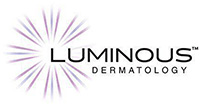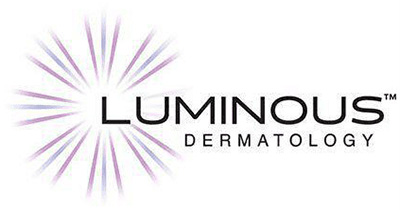Botulinum toxin, commonly known by brand names such as Botox and Dysport, is a neurotoxic protein produced by the bacterium Clostridium botulinum. It is widely used in cosmetic dermatology to temporarily reduce the appearance of facial wrinkles and fine lines. The procedure involves injecting small amounts of the toxin into targeted muscles, causing them to relax, which smoothens out the skin and reduces the appearance of wrinkles.
How Botulinum Toxin Works
Botulinum toxin works by blocking the release of acetylcholine, a neurotransmitter that signals muscle contraction. When injected into specific facial muscles, the toxin temporarily paralyzes these muscles, reducing their activity. This leads to a smoother, more relaxed appearance in the overlying skin, as dynamic wrinkles (those formed by facial expressions) are softened or eliminated.
Common Uses for Botulinum Toxin (Botox/Dysport) in Cosmetic Dermatology
- Forehead Lines: Horizontal lines across the forehead caused by raising the eyebrows.
- Glabellar Lines (Frown Lines): Vertical lines between the eyebrows, often called “11 lines,” formed when frowning.
- Crow’s Feet: Fine lines at the outer corners of the eyes, formed by smiling or squinting.
- Bunny Lines: Lines on the sides of the nose that appear when scrunching the nose.
- Lip Lines: Vertical lines around the lips, often referred to as “smoker’s lines.”
- Chin Dimpling: Pebbled or “orange peel” appearance of the chin, caused by overactivity of the mentalis muscle.
- Neck Bands (Platysmal Bands): Vertical neck lines caused by platysma muscle contractions.
Differences Between Botox and Dysport
- Botox (onabotulinumtoxinA) and Dysport (abobotulinumtoxinA) are two different brands of botulinum toxin type A, and both are FDA-approved for cosmetic use.
- Dysport has a slightly smaller molecular size, which may allow it to spread more easily over larger areas. This characteristic can be beneficial for treating larger areas like the forehead but requires a skilled injector to avoid diffusion into unintended muscles.
- Onset of Action: Dysport tends to show results slightly faster than Botox, usually within 2-3 days, whereas Botox results typically appear in 3-5 days.
- Duration of Effects: Both Botox and Dysport generally last 3 to 4 months, although individual results can vary based on factors such as metabolism, the area treated, and the dosage used.
The Procedure
- Consultation: A consultation with a qualified professional (dermatologist or plastic surgeon) to discuss goals, expectations, medical history, and potential risks.
- Preparation: The skin is cleansed, and a topical numbing cream may be applied to reduce discomfort. However, the procedure is generally well-tolerated with minimal pain.
- Injection: Using a fine needle, the toxin is injected into specific muscles in small amounts. The number of injections depends on the area being treated and the desired results.
- Post-Treatment Care:
- Avoid rubbing or massaging the treated area for 24 hours to prevent the toxin from spreading to unintended areas.
- Stay upright for 4 hours after treatment and avoid strenuous exercise for 24 hours.
- Minor swelling, redness, or bruising at the injection sites may occur but typically resolves within a few days.
Benefits
- Reduces the appearance of dynamic wrinkles and fine lines.
- Minimally invasive with no downtime.
- Quick procedure (usually 10-20 minutes).
- Results can be seen within a few days to a week.
- Effects are temporary, allowing flexibility to adjust treatments based on changing preferences or needs.


